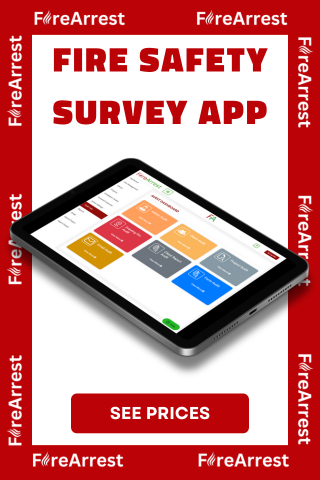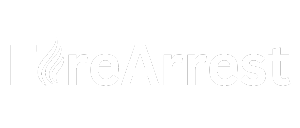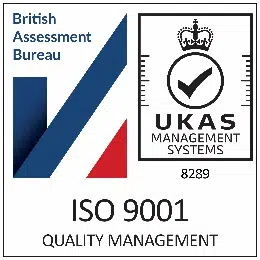Conducting a fire safety survey is crucial for ensuring the safety and compliance of any building. This guide will walk you through each step, from preparation to implementation, to help you complete your fire safety survey and identify and mitigate fire risks effectively.

What Is a Fire Safety Survey?
A fire safety survey is an extensive evaluation of a building’s fire safety measures to identify potential hazards and ensure compliance with fire safety regulations. The process involves assessing fire detection and alarm systems, suppression systems, means of escape, emergency lighting, and other critical safety features. By systematically inspecting these elements, a fire safety survey aims to uncover vulnerabilities that could lead to fire incidents and provide recommendations to enhance safety protocols.
Why Are Fire Safety Surveys Important?
Fire safety surveys are paramount for several reasons:
- Life Safety: They protect the lives of occupants by identifying and mitigating fire hazards that could lead to fatal incidents.
- Property Protection: By preventing fires, these surveys help safeguard property and assets, reducing the risk of financial losses.
- Regulatory Compliance: Ensuring that a building complies with fire safety regulations can prevent legal issues and potential fines.
- Risk Management: Identifying and addressing fire risks proactively helps in managing and reducing potential liabilities.
- Insurance Requirements: Many insurance policies require regular fire safety surveys to validate coverage.







 Powered by
Powered by